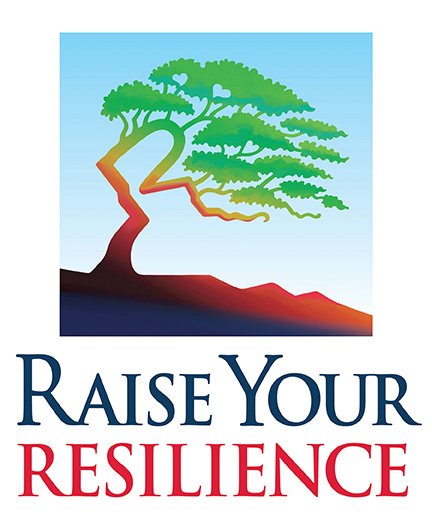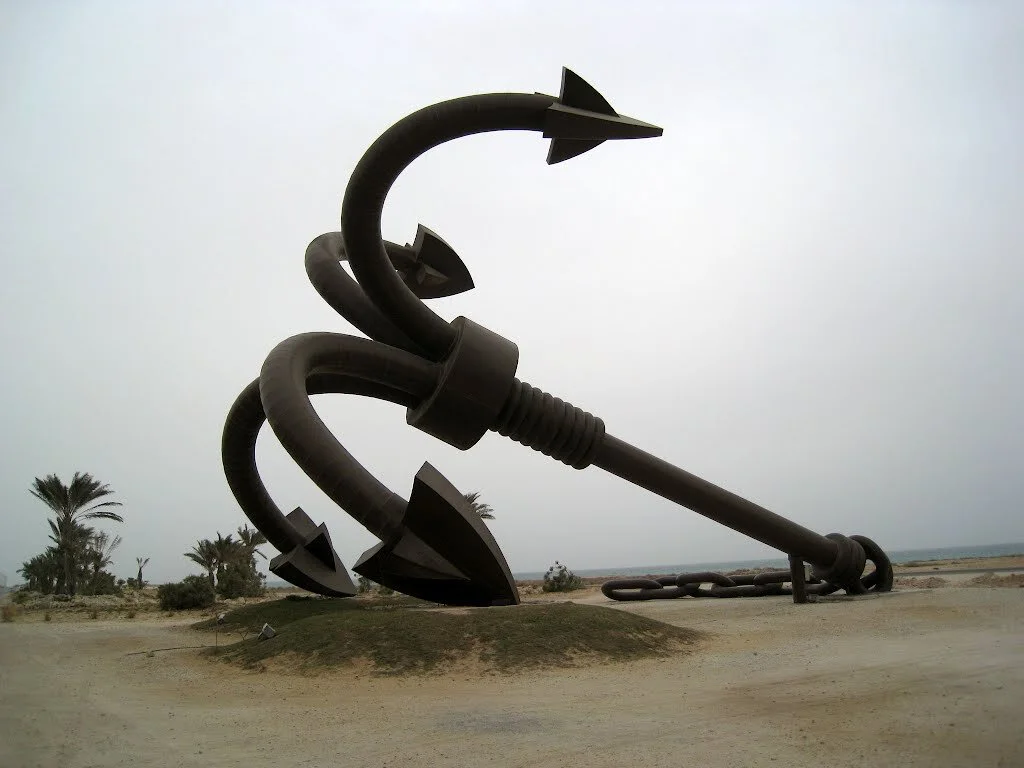It’s always nice to know there is a hope, right? A possibility of accomplishing something that seemed impossible once? Even more when you head out on an adventure like taking the Oregon Trail to a new place to live, or in the case being on the ocean, having an ability to anchor the ship. Anchors can be used to stay in port and not be the whim of every ebb and tide that grounds the vessel and damages it. An anchor is important, and in trauma healing no less so. And an anchor with 4 arms offers balance as well as twice as many capabilities of doing it’s job as a two arm. Most anchor images I found were either two or four, and it wasn’t until I mused on the image that I realized this anchor has four. And so does the image I created that is a collection of quotes from leaders in the trauma healing field. Let me describe my anchor, okay?
Arm #1 - Trauma is curable. This is a quote from Peter Levine, in this little book titled Healing Trauma. This is a controversial statement for many. They have the opinion it is not. And nothing to support that statement other than other opinions, but they are fiercely held. Almost like they want it to be incurable, but that’s hard to believe. The basic issue with believing trauma is curable in any of a million different ways, or that it isn’t; underlies the misunderstanding of what trauma is by nature. I’ve seen denial, and bypassing as the primary practices that fail to take into account what the nature of what we’re dealing with is. Rest assured though, trauma is curable. A PhD in Psychology with 40 years experience in the field saw fit to print such words. I took his word for it. It’s true! But it doesn’t happen in just three sessions.
Arm #2 - Trauma isn’t a life sentence. Another Levine quote from Healing Trauma, one with a slight twist in a different location: ““it doesn’t have to be a life sentence. In this post I reveal when my personal unraveling was, which sounds gentle but wasn’t. It was more like getting tossed around in a boat before being slammed upside down and having to find a way out while the thrashing continues. Up is down, then sideways, forward is now cattywampus, all while being banged around and I’m suddenly adrift, by myself, in this vastly huge ocean, with no idea of help coming. I was 56 years old. How was trauma not a life sentence? I’d never even heard the word trauma relative to what I’ve learned since.
For me it became about not letting it remain a life sentence. The past was behind me, though still in me. No sense in moping, so get on with getting healed. I didn’t know however, how to do that.
Arm #3 - Trauma can be healed without talking about it, remembering it, or a diagnosis. This arm is a collection of Levine and Berceli. Dr. Berceli, PhD, did his social work in places where people didn’t have a word or concept for the new fangled invention called talk therapy. Even if they did, according to him they would need to walk for days to get to it, and since they couldn’t set an appointment from where they lived, they’d have to walk to where it possible, make that appointmemt, then they’d have to wait. How did their ancestors heal? How did our Sapien and Neanderthal kin that had the same nervous system we have, but no such thing as meds or therapy not become traumatized? How do wild animals not have PTSD? If remembering it was required, all developmental trauma is just about incurable. If I don’t need to remember it, do I even need to talk about what I can’t remember? As for a diagnosis, those simply exist to control and collect insurance dollars. Again, a new invention, and not exactly dependable. However, the body remembers, as Babette Rothschild tells us, and Dr. van der Kolk tweaks that a little with his book, The Body Keeps the Score.
Arm #4 - The body is capable of and equipped for this healing. We now move from the belief part (trauma is curable) to the experience of making it so. Levine, Heller, Badenoch, Berceli, van der Kolk all point to this, some say it directly. As do I. The Jill Bolte Taylor Ted Talk vividly reveals how powerfully self-healing the human body is. Or for example take a cut on your finger. What do we do for it to heal? We require no fine surgeon to stitch it all back together. The fascia, muscle, nerves and blood vessels take care of all that, as does the skin. All the body needs is an environment in which to accomplish this healing.
I remember first learning how to canoe in Canada. We were taught about the canoe first, what it could and could not do, before we could touch one. Then we learned how to lift and carry it, and then we could get into it to get a feel for how it sat in the water. The we added gear, to get a feel for the wieght change. Finally, we were ready to head out, and the guide that went with us showed us what to watch out for on various bodies of water. Year after year we got more confident, and we finally were capable of adventuring out into the part of the park where the Rangers said, “no one goes.”
The body is capable, and equipped to do this healing. The process is built right in, and it’s autonomic, just like the stress response is. It’s part of that system, and designed to do exactly that - complete and discharge the stress that creates trauma.
There we have it. Four arms with flukes and peas that dig into the earth that make up a solid anchor that will serve us well in the event a storm comes along. In trauma healing, re-visiting trauma isn’t healing. That’s re-traumatizing. If a storm shows up on the horizon, we skirt around it. There is an art to that in trauma healing, and being well anchored will allow us to navigate the waters of trauma healing without the fear and upheaval of storms.


